Since time immemorial, dreaming has been a profoundly revolutionary act.
For the Muiscas, an indigenous people native to what is now central Colombia, dreams were more than just nocturnal images. They were portals to a deeper understanding of life, a way to connect with the spiritual, with ancestors, and with the forces that govern nature. In their worldview, dreaming not only facilitated a dialogue with the past and present, but also allowed them to imagine and establish connections with other possible orders.
This intrinsic power of dreaming as a creative, spiritual, and political tool lives on in many indigenous peoples and dwells within the vital impulse to transform reality through the collective imagination.
To dream today is precisely to enable the unimaginable, challenging the logic of control and domination characteristic of the colonial, modern, and capitalist world.
In this sense, the act of dreaming is not neutral: it is deeply political. Dreaming allows us to inhabit narratives where hierarchies, inequalities and oppressive logics are confronted and overturned. It is a space where instrumental reasoning yields to radical imagination; where the impossible becomes viable and where historically silenced voices – such as those of women, young women and girls – have the opportunity to seize and (re)imagine a new order.
What would the world be like if it were shaped by girls’ dreams?
Asking ourselves this question implies an act of radical resistance against adult-centred thinking, the patriarchal system, and the structures that seek to stifle the transformative potential of girls and young women. For them, dreaming is not a mere form of escapism, but a profound process of questioning and (re)imagining. In their dreams, they do not draw fantasy castles, but build tangible and collective alternatives for a more just future. They dream of accessible playgrounds where everyone can play and feel safe; of communities where coexistence is based on equity; of safe streets to walk on; and of clear forests and rivers where the defence of life is placed at the centre. They dream of systems where collective well-being outweighs individualistic competition.
The Girls Dreaming and Worldbuilding Initiative by Our Collective Practice stems from this premise. It brought together girls from different parts of the world to share their dreams and explore ways to start building them now. The groups of girls, scattered across different parts of the world, were accompanied by adult facilitators whose mission was to support the process, document it, and (un)learn.
This collective act, seemingly simple, is in fact deeply political and subversive. In a world that places girls at the bottom of the power hierarchy, enabling spaces where they can dream freely means directly challenging the systems of oppression that seek to undermine them; it means foregrounding the tools, mind maps, and relational maps their imaginations provide us with and using them as roadmaps for a feminist future.
The worlds girls create: tangible solutions from the imagination
What emerges from girls’ dreams are not abstract ideas or unattainable utopias. Their visions are deeply rooted in their everyday realities and connected to pressing issues such as safety, equality and non-discrimination.
In their dreams, we find concrete solutions that challenge existing structures: communities where animals and humans coexist in harmony, safe and accessible public spaces, and support networks that prioritise justice and collective well-being.
One phrase that illustrated this process was: ‘Girls do not dream of castles, they dream of playing fields where everyone can play and be safe.’ This outlook is powerful because it reminds us that girls are agents of their own reality. They are by no means disconnected from reality, but rather are advancing in multiple ways to transform it. Their imagination allows them to articulate viable alternatives that stem from their contexts and immediate needs, but from a deeply collective consciousness.
Methodological transformations: feminist activism through dreams
The impact of adopting a standpoint rooted in what makes dreaming possible was not limited to girls. The organisational methodologies of one of the participant organisations were also radically transformed. Traditionally, the activism and participatory methodologies of various feminist organisations, including La Nuestra, had focused on identifying problems and proposing practical solutions, usually based on technical diagnoses and structured analyses. While this approach is valuable, it can also generate a sense of exhaustion and limitation by focusing solely on the challenges, hostility and restrictions of the present.
However, the act of dreaming unlocked new perspectives and strategies by offering a space for collective imagination. By rooting the process in dreaming, participants were allowed to adopt a more proactive and enthusiastic attitude, leaving behind the weight of the problem to focus on the possibilities for change. This renewed methodology not only provided emotional relief to the organisational process, but also introduced a creative and hopeful energy that revitalised commitment and participation.
The impact of embracing a dreaming-based standpoint extended beyond the girls—it radically transformed the methodologies of one of the participating organisations.
Traditionally, feminist activism and participatory methods, including those used by La Nuestra, focused on identifying problems and proposing technical solutions. While valuable, this approach often centred on challenges and limitations, sometimes leading to a sense of exhaustion.
Dreaming shifted this. It created a space for collective imagination—an opportunity to move beyond the weight of the problem and focus on the possibilities for change. This brought emotional relief and infused the organising process with a renewed energy rooted in creativity, enthusiasm, and hope.
When you invite people to dream, you articulate a possible destination: a shared vision of what you want to achieve. This emotional connection not only inspires action but also offers direction. With an imagined horizon, it becomes easier to define the necessary steps, strategies, and resources to move forward.
In one workshop, adult facilitators imagined their ideal version of feminist football. This revealed shared goals—like accessibility, inclusion, and equity—but also sparked the creation of concrete plans: organising inclusive leagues, or rethinking how public spaces are used to ensure broader participation.
Rather than getting stuck in what’s missing, dreaming encouraged a shift toward what could be. This narrative of abundance became a political tool, enabling the design of real strategies grounded in collective desire.
Ultimately, dreaming transformed more than methodologies—it allowed activism to be guided by imagination rather than scarcity, generating more inclusive, sustainable, and visionary ways of working. In this context, dreaming is both political and practical: a method for building what does not yet exist, together.
The political act of dreaming: an intergenerational feminist legacy
The act of dreaming, as experienced by the girls in these sessions, is deeply radical because it constitutes a political tool that challenges established power structures. By dreaming, girls not only imagine a better world, but also chart precise paths toward justice, equity and solidarity. This exercise is not a passive act; it is an active form of resistance and transformation rooted in a feminist legacy that has proven effective in creating meaningful social change.
To invest in girls and their dreams means to bet on a future where their voices and experiences are at the centre of solutions. Girls have the political capacity to lead their own organisations and movements: it is their creativity and collective strength that enrich traditional forms of social organisation. Their way of working, based on values of horizontality, mutual care and resilience, is valuable and necessary to face the complex challenges of our societies.
For these methodologies to thrive, it is essential that funders recognise that girls are not passive recipients of aid. On the contrary, girls are agents of change with a right to autonomy. Supporting them involves more than providing financial resources: it is necessary to create safe, creative and sustainable spaces where they can experiment, imagine and build without the limitations imposed by adult-centred thinking and traditional hierarchies. These spaces strengthen their leadership and enable them to develop innovative strategies that transform their communities from the ground up.
We call on funders to view financing girls not as an expense, but as a strategic and ethical investment. By recognising and supporting their organisational capacity, we contribute to the creation of more diverse, inclusive and representative movements. Their autonomy, backed by sustainable and respectful funding, ensures that girls can take the helm of their own processes and successfully lead the changes the world needs.
Ultimately, investing in girls is an act of social justice – a bold vision for a future in which narratives of scarcity are replaced by stories of abundance, solidarity and transformation.
Dreaming as resistance and transformation
Dreaming is an act of resistance and transformation. Through these dream sessions, the feminist girls imagined possible worlds and, at the same time, inspired adults and organisations to rethink their own methodologies and approaches. Dreaming is not a luxury, it is a political and collective necessity that allows us to build a more just, inclusive and caring future. The girls teach us that the future is built and made possible through shared imagination. Dreaming is a practice of resistance, an affirmation of life and a radical act of building a future where we can all exist with dignity, freedom and hope.

%20(1280%20x%20720%20px)%20(41)%202.webp)

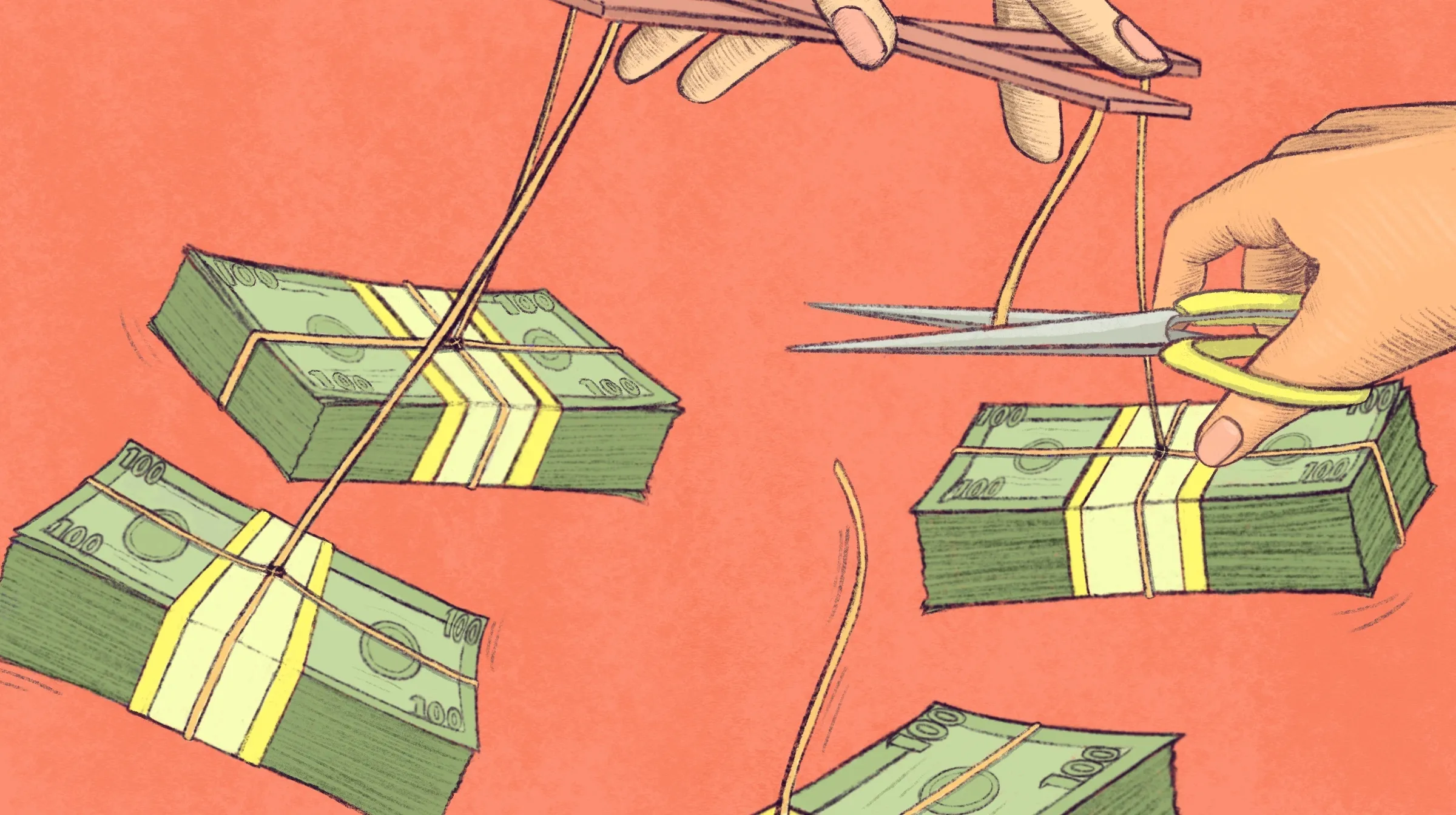
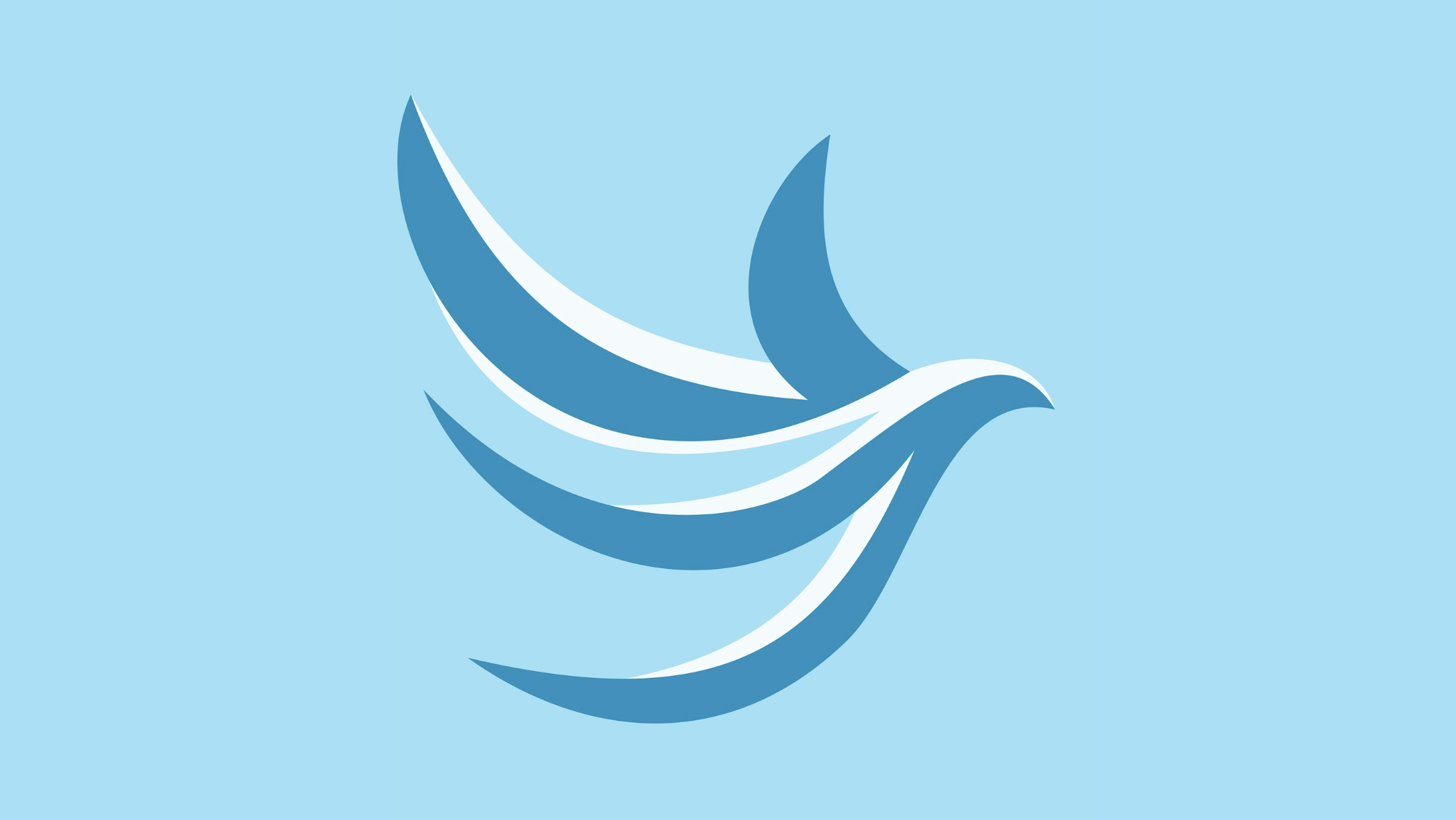


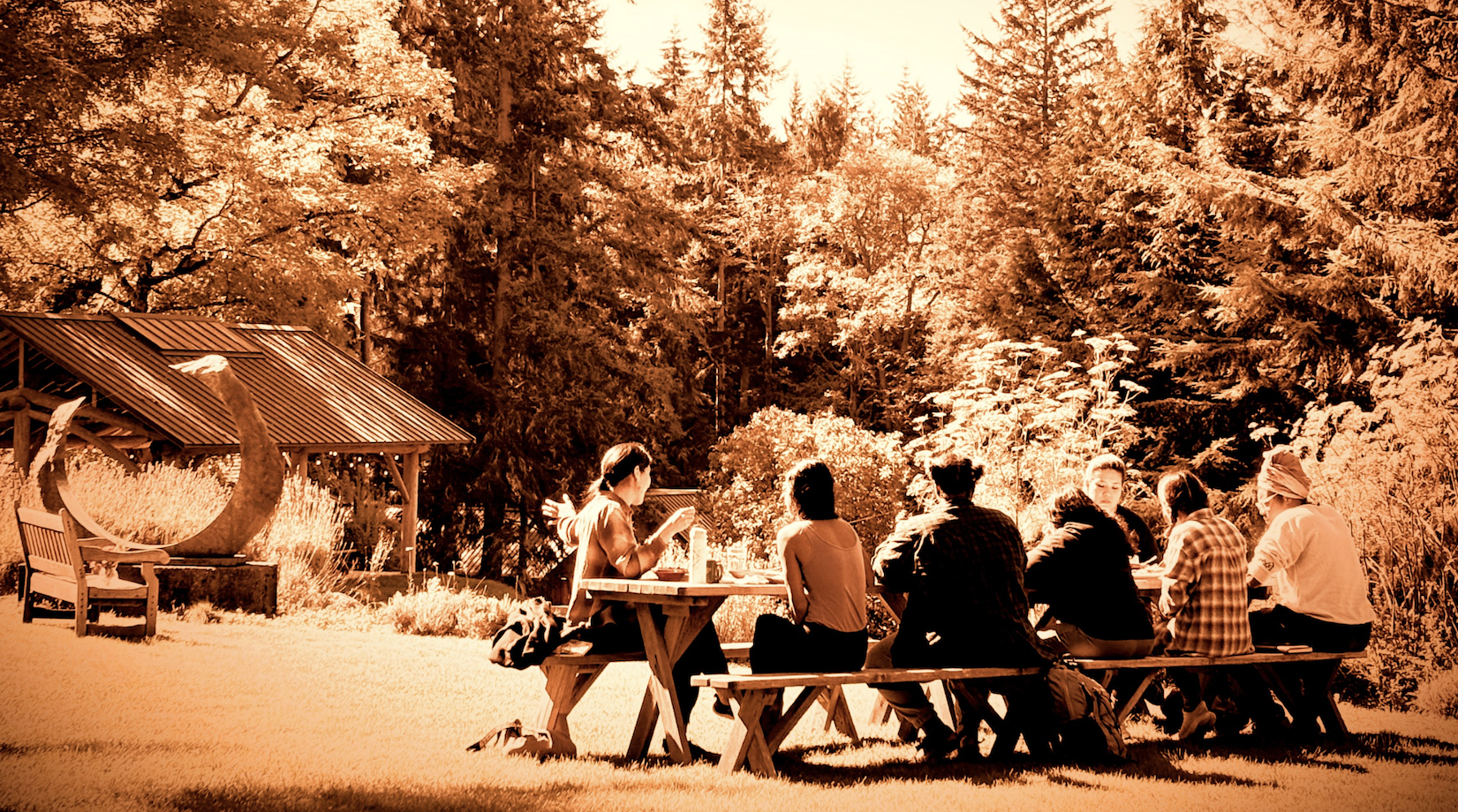
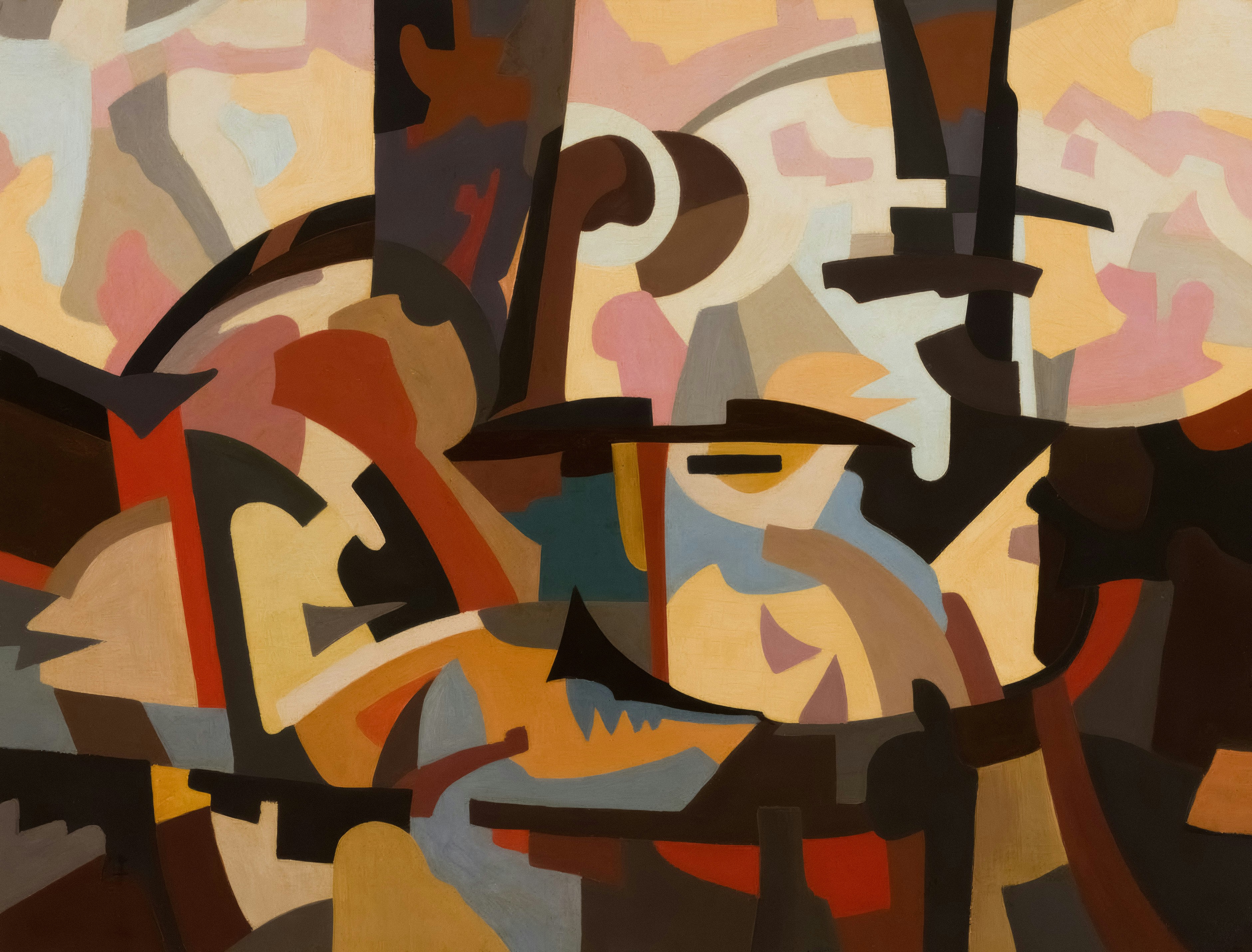
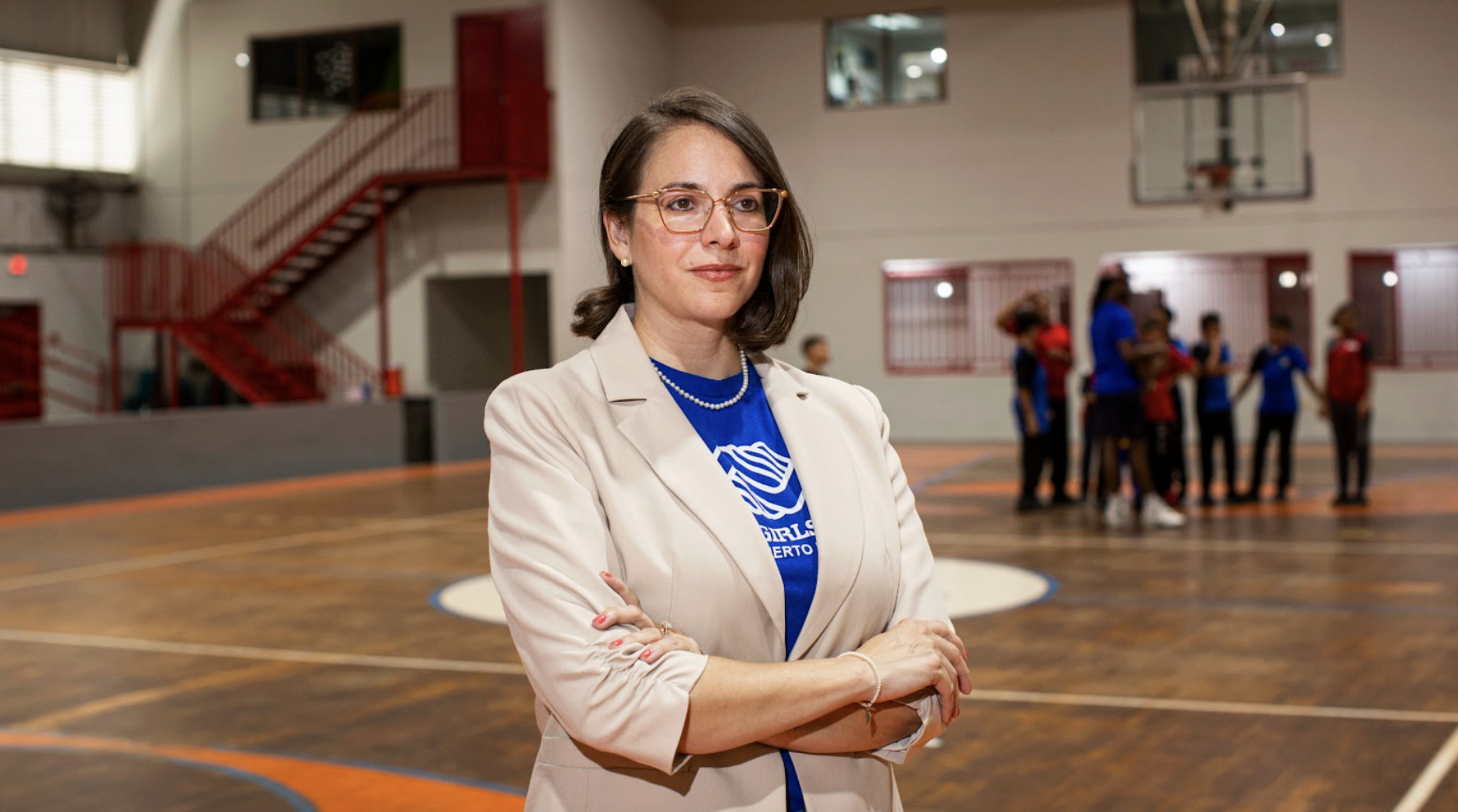
.webp)

.webp)
%20(1280%20x%20720%20px)%20(38).webp)
%20(1280%20x%20720%20px)%20(31).png)


%20(1280%20x%20720%20px).webp)











.webp)






.webp)
.gif)

.webp)


.gif)













